From the flooded forests of the Amazon delta to the Instagram feeds of California wellness influencers, the açaí berry has completed one of history's most remarkable culinary journeys. What began as sustenance for Caboclo river communities—who mixed the purple palm fruit with cassava flour—has exploded into a $1.6 billion global industry, morphing into the photogenic açaí bowl that dominates breakfast tables from Tokyo to Sydney.
This deep dive explores how this antioxidant-rich berry transcended its origins to become the defining superfood of the digital age, creating unlikely alliances between Brazilian harvesters and Silicon Valley CEOs while sparking debates about cultural appropriation and sustainable sourcing.
Amazon to the World: The Supply Chain Revolution
The açaí palm (Euterpe oleracea) grows exclusively in the Amazon's estuarine floodplains, where "peconheiros" (harvesters) scale 25-meter trunks barefoot to collect fragile berry clusters. Until the 1990s, consumption was limited to northern Brazil due to the fruit's extreme perishability—it begins fermenting within 24 hours of picking. The game-changer came when Brazilian entrepreneurs developed flash-pasteurization techniques that preserved nutrients while allowing global export.
Today's sophisticated cold chain involves helicopters transporting berries from remote groves to processing plants within hours, where they're pureed and frozen at -40°C (-40°F). This technological leap created unexpected economic empowerment—Belém do Pará's açaí docks now buzz with activity as local cooperatives export to 40 countries. Yet challenges persist: middlemen still exploit harvesters (payment averages $3 per 14kg basket), while climate change alters fruiting cycles. Some exporters are implementing blockchain tracking to ensure fair wages, allowing consumers to scan QR codes revealing their bowl's journey from specific palm groves.
Nutrition Science Meets Marketing Genius
Açaí's rise from obscure berry to superfood royalty owes much to its off-the-charts ORAC (Oxygen Radical Absorbance Capacity) score—early studies showed 100g contained 3x the antioxidants of blueberries. Subsequent research revealed its unique polyphenol profile, including cyanidin-3-glucoside shown to reduce oxidative stress in human trials. The berry's healthy fat content (resembling olive oil's lipid profile) enhances absorption of these compounds—a fact cleverly marketed by early adopters like Sambazon.
The genius lay in presentation. Brazilian marketers rebranded the traditional "açaí na tigela" (açaí in the bowl) by adding Instagram-friendly toppings—granola arranged in geometric patterns, chia seeds forming mandalas, edible flowers as color accents. This transformed a functional food into experiential dining. Nutritionists note the modern bowl's macronutrient balance—antioxidants from berries, fiber from granola, protein from nut butters—perfectly aligns with contemporary wellness goals. UCLA studies found regular açaí consumers showed 23% higher flavonoid levels than control groups, though some benefits may stem from overall healthier lifestyles.
Cultural Hybridization: The Bowl's Global Mutations
As açaí circled the globe, it absorbed local personalities. In Hawaii, poke-style bowls mix açaí with coconut milk and tropical fruits; Japanese versions incorporate matcha and red bean; Australian cafes top it with wattleseed and finger lime. This culinary diaspora sometimes sparks controversy—Brazilian chefs criticize "açaí smoothie bowls" diluted with apple juice as inauthentic, while purists insist true açaí should be unsweetened, letting its earthy chocolate-berry notes shine.
The most fascinating adaptations occur in açaí's homeland. Upscale Rio de Janeiro juice bars now serve "açaí premium" blended with cupuaçu and guarana, while street vendors offer savory versions with dried shrimp and tapioca—a nod to traditional Amazonian preparations. Michelin-starred chef Alex Atala famously deconstructs açaí into foams and gelees at São Paulo's D.O.M., using freeze-dried powder to intensify flavor. This globalization loop—where a local tradition evolves abroad then reinfluences its origin—exemplifies 21st-century food culture.
The Dark Side of Superfood Mania
Açaí's popularity has ecological consequences. Demand has driven some growers to clear native forest for monoculture plantations, reducing biodiversity. The palm's 4-year maturation period creates boom-bust cycles—when prices spiked in 2018, overharvesting left many trees barren. Scientists note wild açaí palms support over 60 bird species; plantation-grown ones support barely a dozen.
Social impacts are equally complex. While açaí exports lifted many river communities from poverty, others face "açaí inflation"—local prices tripling, making the traditional staple unaffordable for some Brazilians. NGOs are implementing agroforestry models where açaí grows alongside cocoa and Brazil nuts, maintaining ecosystem balance. The most promising development comes from biotechnology startups converting açaí pits (previously waste) into sustainable packaging material—closing the production loop.
Beyond the Bowl: Unexpected Applications
Açaí's versatility extends far beyond breakfast. Dermatologists are studying its anthocyanins for anti-aging serums—early trials show 10% açaí extract increases collagen production by 38%. Brazilian jiu-jitsu athletes use açaí-based recovery drinks, capitalizing on its anti-inflammatory properties. The cosmetics industry prizes açaí oil for its high oleic acid content, ideal for hair conditioners.
Perhaps most revolutionary is açaí's potential in food security. NASA included it in space agriculture studies due to its high yield (a single palm produces 20kg of fruit annually) and nutritional density. In urban Brazil, social projects teach favela residents to grow açaí in vertical gardens using recycled materials. Meanwhile, chefs are experimenting with fermented açaí vinegar and aged açaí "wine," discovering flavors reminiscent of balsamic and port.
The Future of Açaí: Sustainability or Saturation?
As the superfood market crowds with newcomers like camu camu and maqui berry, açaí faces an identity crossroads. Premium brands now emphasize wild-harvested, single-origin berries with traceable provenance. The "Açaí Sustentável" certification program guarantees fair labor practices and organic methods, appealing to ethically-conscious millennials.
Biotech innovations may redefine production: Israeli scientists are cultivating açaí cell cultures in labs, potentially enabling local production worldwide. Brazilian researchers developed a sweetener from açaí fibers that could replace sugar in processed foods. The most poetic development comes from Amazonian communities blending traditional knowledge with modern science—elder harvesters work with botanists to identify high-yield wild palms, preserving genetic diversity while meeting global demand.
The açaí bowl's journey from riverbank staple to global phenomenon mirrors larger stories of our time—indigenous wisdom meeting scientific validation, local traditions adapting to cosmopolitan tastes, and the search for nourishment that satisfies both body and conscience. In its purple swirls lie connections between Amazonian children sharing a communal bowl and Tokyo office workers snapping pre-workout photos.
As climate change threatens the açaí palm's native habitat, the berry's story comes full circle—the world that embraced it must now protect its home. Perhaps the true measure of the açaí craze won't be in sales figures, but in whether this delicious export can give back as much as it's taken, ensuring the flooded forests keep yielding their purple gold for generations to come. After all, sustainability, like the perfect açaí bowl, requires balance—of flavors, of ecosystems, and of respect between those who cultivate and those who consume.
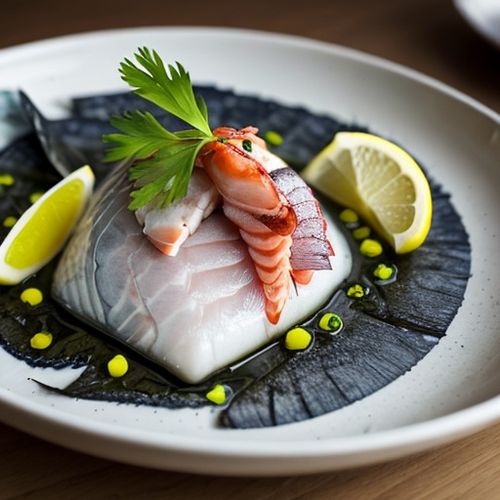
By James Moore/Mar 29, 2025
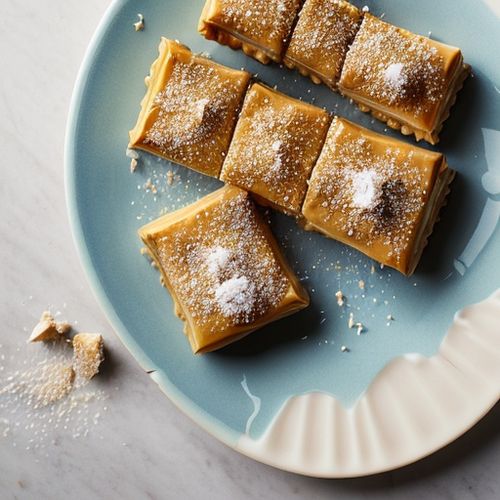
By Noah Bell/Mar 29, 2025
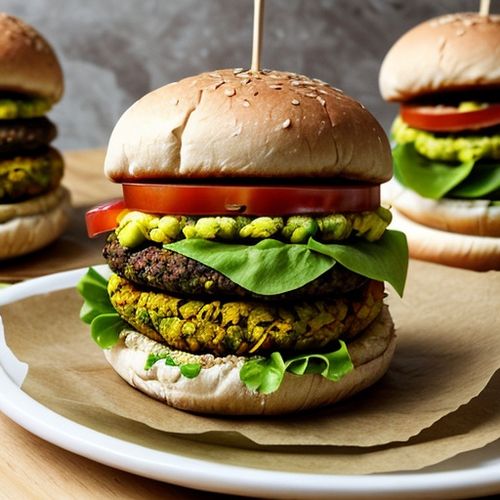
By Ryan Martin/Mar 29, 2025
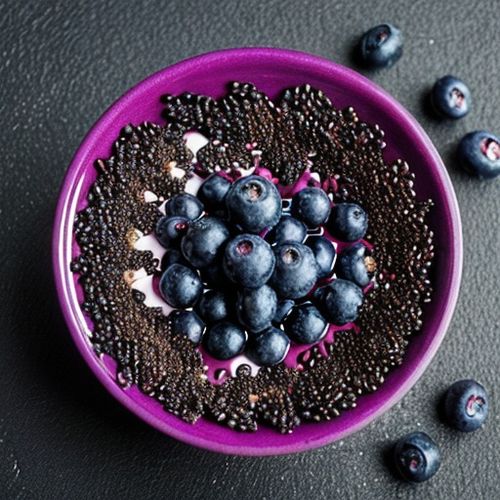
By Sarah Davis/Mar 29, 2025
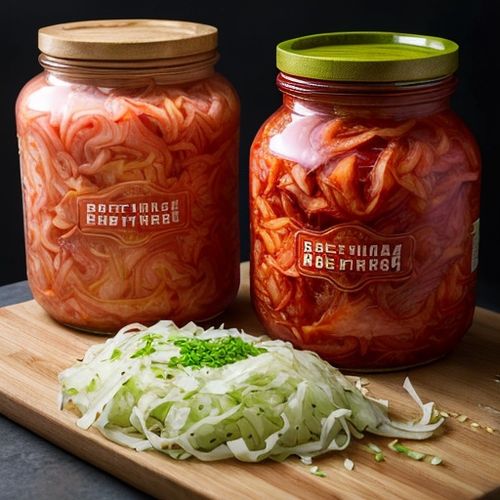
By William Miller/Mar 29, 2025

By Lily Simpson/Mar 29, 2025
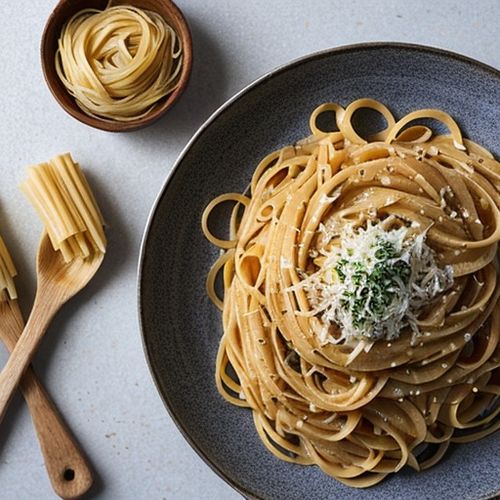
By William Miller/Mar 29, 2025
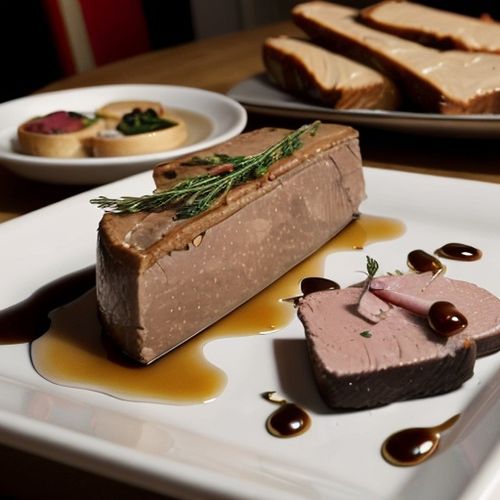
By Rebecca Stewart/Mar 29, 2025
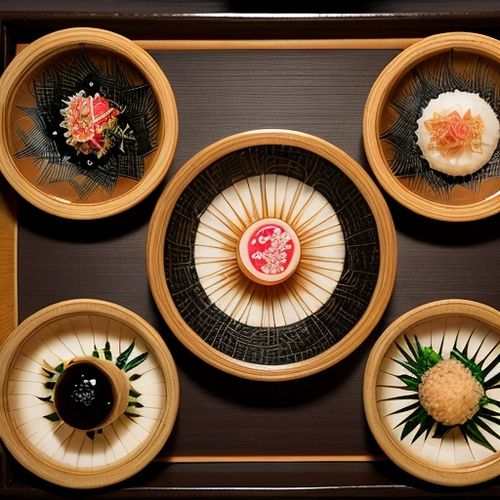
By Joshua Howard/Mar 29, 2025
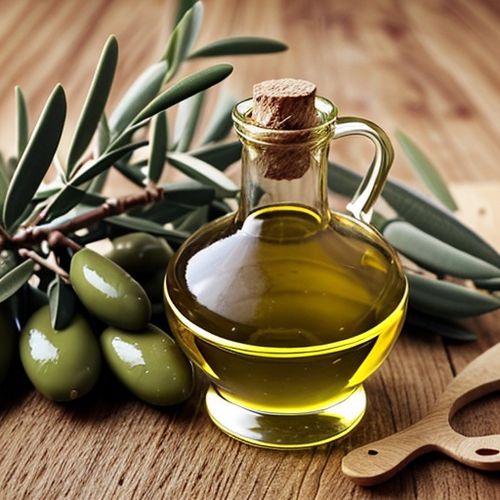
By Emily Johnson/Mar 29, 2025
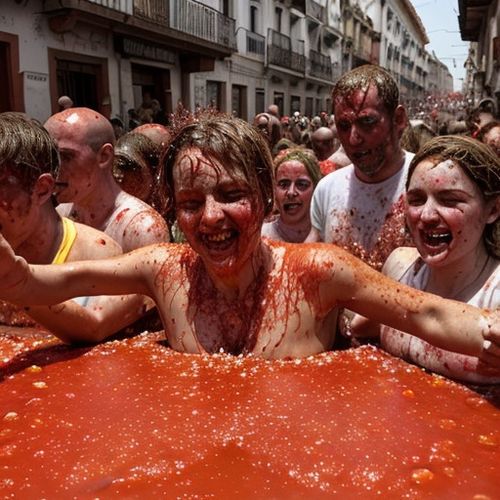
By David Anderson/Mar 29, 2025
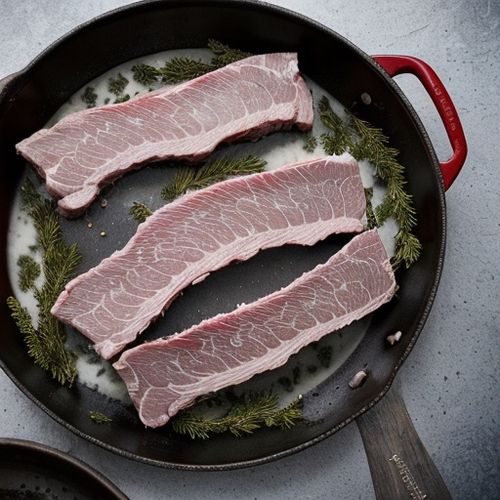
By Thomas Roberts/Mar 29, 2025

By Jessica Lee/Mar 29, 2025

By Amanda Phillips/Mar 29, 2025
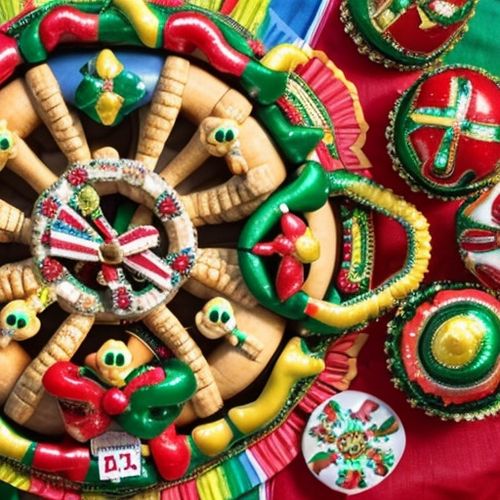
By Sophia Lewis/Mar 29, 2025
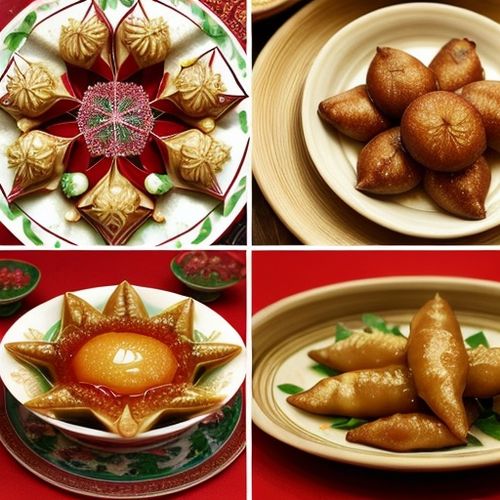
By Laura Wilson/Mar 29, 2025

By Emma Thompson/Mar 29, 2025

By Samuel Cooper/Mar 29, 2025
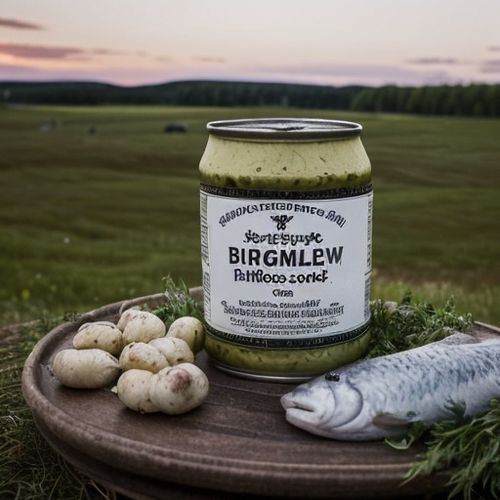
By Olivia Reed/Mar 29, 2025
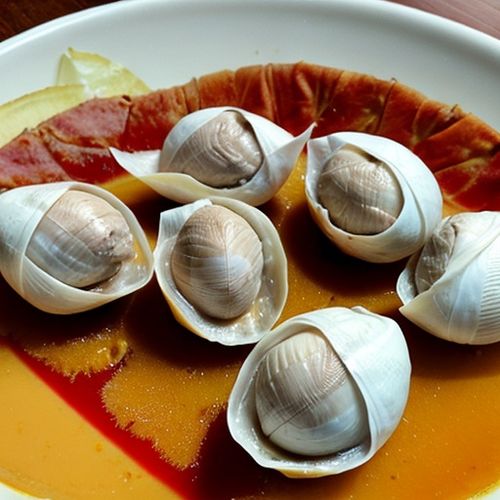
By Noah Bell/Mar 29, 2025